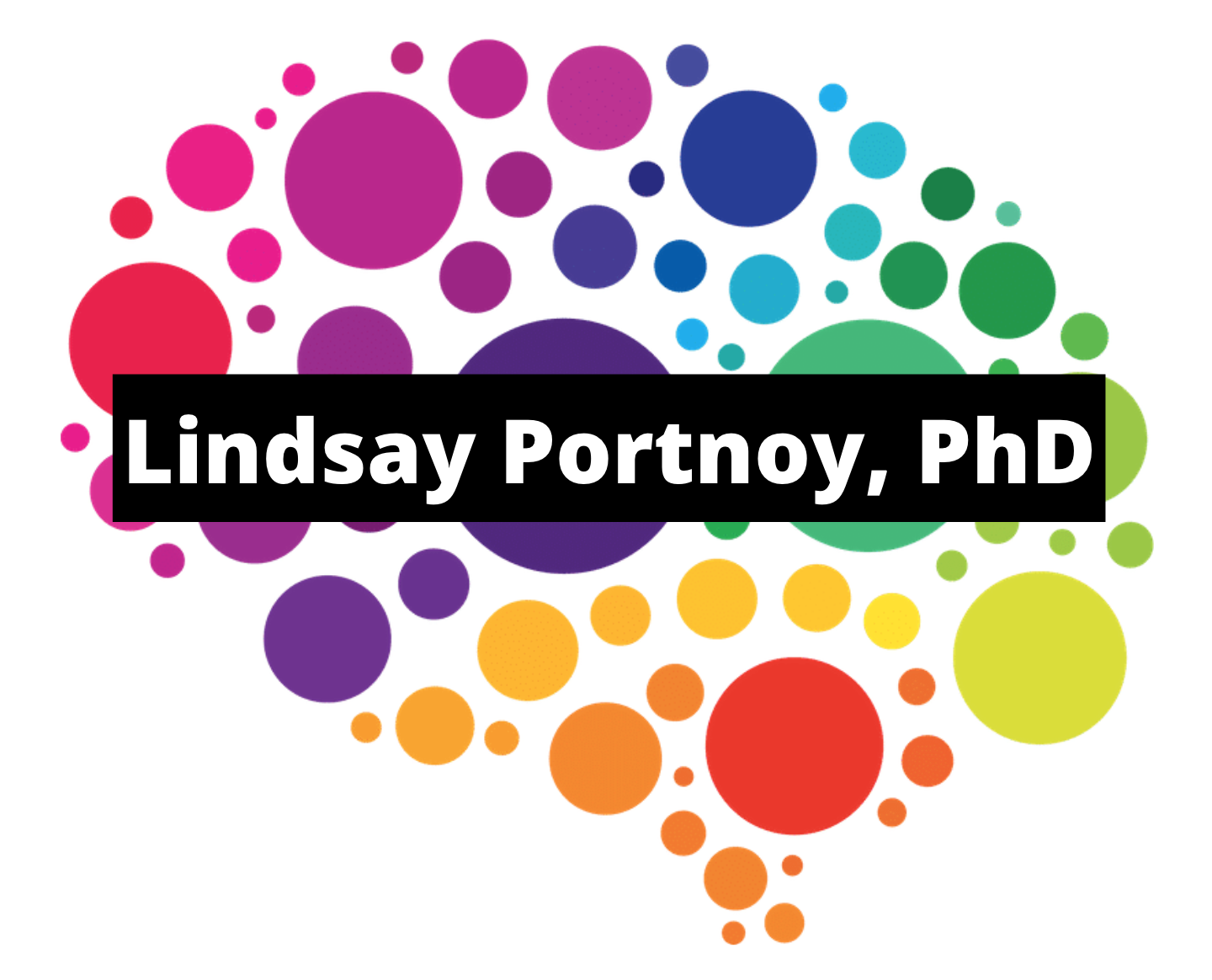In chapter 4 we begin the elements of design thinking in earnest: understanding for empathy.
In chapters 1-3, I’ve set the stage for why it’s needed, how student and teacher roles shift to empower learners, and explain how to translate existing instruction into design thinking experiences.
Understanding for empathy unpacks the myriad ways curiosity, confusion, and connection drive learning in design thinking classrooms. Embedded within this chapter are prompts, templates, and dozens of flexible tools to engage learners in self- and peer-assessment and support you as an educator engage in powerful formative feedback for your learners.
The emphasis is on feedback for growth throughout the design thinking process. For this reason, the following image is ideal for laminating and sharing with learners as a scaffold for sharing specific and useful feedback. It’s a difficult start as many students have just been handed the wheel to a car they’ve only ever seen from the backseat.
But over time you will both be surprised it took you this long to get here. As with the other images, if you’d like a higher quality version for printing please CLICK HERE!
Questions addressed by educators across the globe during the #DesignedToLearn twitter chat about chapter 4 include:
Q1: How does design thinking help students connect content meaningfully to their lives and to the world around them?
Q2: What are some ways educators can apply metacognition (thinking about thinking) to help students take different perspectives during understanding for empathy?
Q3: How can educators model perspective taking and multiple opportunities for revised understanding in design thinking classrooms?
Q4: Who are a few folks that have helped you take different perspectives in education and in life? Please tag those folks and tell them how they’ve shifted YOUR perspective!









